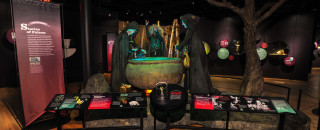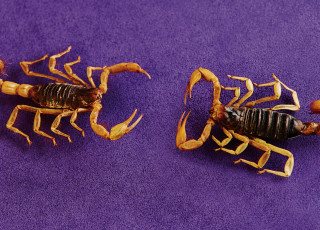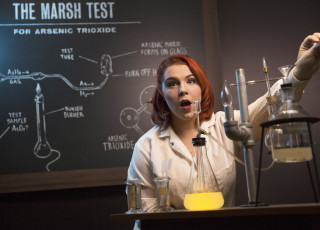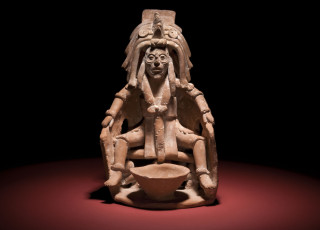Explore the Power of Poison
From classic fairy tales such as Snow White, to modern medicine, poison has played an intriguing role in the natural world and human history. The public is invited to explore the many facets of poison through a new immersive and engaging guest exhibit, The Power of Poison, to run Oct. 15, 2016 – April 16, 2017 at the Natural History Museum of Utah at the Rio Tinto Center, 301 Wakara Way, Salt Lake City, Utah.
Ever consider the possibility of being poisoned by your own hat, or how snake venom can be used to save lives? Adults and children will both love exploring the mysteries of poison in the exhibit’s five inviting sections:
Poison in Nature
Enter Columbia’s Chocó forest and see how golden poison arrow frogs, huge Brazilian wandering spiders, aggressive bullet ants, toxic caterpillars and paralyzing curare vines—among other organisms—use poison to their advantage in their daily lives. This section features live animals!
Poison in Myth and Legend
Be transported back in time and investigate some of history's most interesting poisoning cases, many of which remain unsolved, and discover which poisonings from the Brothers Grimm, Harry Potter, Sherlock Holmes and Shakespeare are based on truth. Interact with an “enchanted” book of ancient botanical knowledge, in which animations of poisonous plants come to life at the touch of a page.
Detecting Poisons Theater
See a live exhibit interpreter present stories of real-world poisonings starting in the 1800s, and hear of the scientific methods used by criminal investigators to solve cases. Since toxicology only came about in the late 1800s, mysterious deaths, including Cleopatra’s and Napoleon’s, are still considered by some experts to be the result of poisonings.
Poison by Accident
Play the role of a forensic detective and solve three poisoning cases by examining victims’ symptoms caused by various toxins and poisonous creatures. Learn about substances that may be safe to humans but poisonous to animals, and vice versa.
Poison for Good
Learn how the study of plant and animal toxins has helped researchers develop ingredients for life-saving drugs. For example, Gila monster venom, which stimulates insulin production and lowers blood sugar levels, is now being used in diabetes treatment.
The Power of Poison exhibit was made possible through the generous support of Presenting Sponsor, Zions Bank and Major Sponsor, R. Harold Burton Foundation; and was organized by the American Museum of Natural History, New York (www.amnh.org).
The Power of Poison exhibit is included in the general cost of admission to the Museum. For more information, visit https://nhmu.utah.edu/ or call 801.581.4303. Follow the Natural History Museum of Utah on Facebook, @NHMU on Twitter and on Instagram.
# # #
About the Natural History Museum of Utah
The Natural History Museum of Utah is one of the leading scientific research and cultural institutions in the country. Established in 1963, the Museum‘s collections contain over 1.5 million objects and offers innovative exhibitions and educational programs to thousands of residents and visitors each year, including traveling and permanent exhibits, special events and other programs. With more than 250,000 visitors a year, the Museum also offers a variety of outreach programs to communities and schools throughout Utah, reaching every school district in the state annually. The Museum has an active scientific research program with more than 30 scientists and 10 field expeditions each year.
Press contacts and links
-
Press Contact
Beth Mitchell



